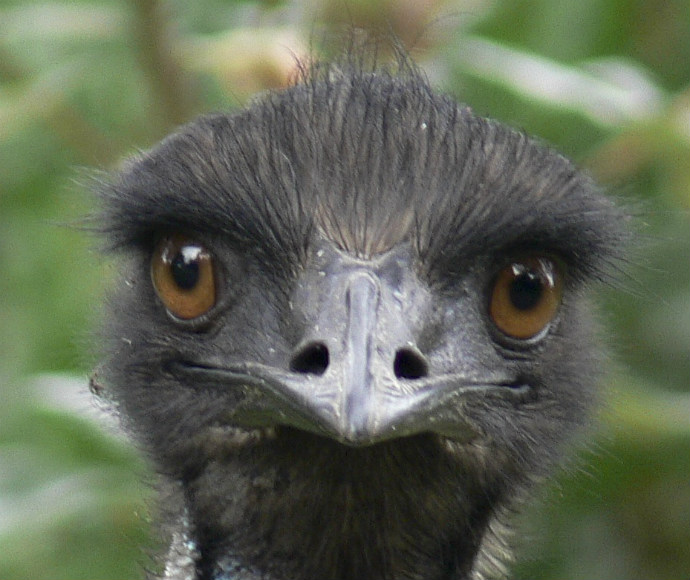A population is a group of organisms of the same species occupying a particular area.
There are more than than 40 populations listed in New South Wales including the coastal emu on the New South Wales north coast and black cypress pine on the Woronora Plateau.
The coastal emu
The coastal emu population on the north coast of New South Wales is endangered, with as few as 100 remaining. It is of significant conservation value as the last known population in northern coastal New South Wales.
Many plants are dependent on the emu for germination and distribution of their seeds over distances of up to 50 km. No other species can fulfil that role.
Recent decades have seen a dramatic decline. Much of the impact occurs at the nesting stage of the emu’s life with ground-nesting exposing the adults, eggs and chicks to a range of threats from predators, fire, machinery and other human disturbance.
Listing
Under the NSW Biodiversity Conservation Act 2016 populations are defined as part of a species.
- A population of a species is only eligible to be listed as 'threatened' if the species is not already listed.
- Endangered populations listed under the former Threatened Species Conservation Act 1995 were carried over to the NSW Biodiversity Conservation Act 2016. The NSW Threatened Species Scientific Committee review listings and determine when changes to listings are necessary.
Threatened populations are managed and new conservation strategies to manage threatened populations are developed under the Saving our Species program.
